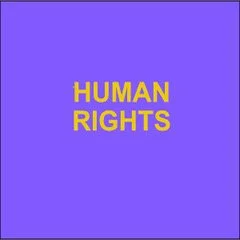By Stephanie Leutert
Every day, U.S. Customs and Border Protection (CBP) officers send individuals into Mexican border cities, including the city of Nuevo Laredo, Tamaulipas, across the border from Laredo, Texas. These individuals leave the United States through deportations, Title 42 expulsions via the Centers for Disease Control’s (CDC) COVID-19 order, or as part of the Migrant Protection Protocols (MPP), which sends people to Mexico to wait during their U.S. immigration proceedings. Immediately upon entering Nuevo Laredo, these individuals are at high risk for kidnapping and serve as a source of income for organized crime. Migrant kidnappings in Nuevo Laredo are not a new phenomenon. For more than a decade, organized crime in the city has made migrant kidnapping a component of its income generating activities. Members of organized crime kidnap both migrants traveling north for a chance to enter the United States and people sent back to the city. However, recent U.S. policies that return individuals and families to Nuevo Laredo—such as MPP and Title 42—have added new, lucrative populations for the criminal activity. This report focuses on migrant kidnappings in Nuevo Laredo due to the crime’s high frequency and its systematic nature. Migrant kidnappings are largely concentrated in a few sites around the city, and kidnappings follow a similar modus operandi. In fact, the practice is so common that members of organized crime in Nuevo Laredo allegedly refer to migrant kidnappings as “passing through the office.” Migrant kidnappings also commonly take place in other cities along the U.S.-Mexico border, but none follow quite the same systematic pattern as in Nuevo Laredo. To analyze migrant kidnappings in Nuevo Laredo, this report uses a mixed methodology. The analysis is based on an original dataset of 154 separate kidnappings in the city between 2018 and 2021, involving 352 people. This dataset was compiled through open-source records and legal intake forms. It includes 65 kidnapping cases (139 people) that occurred in Nuevo Laredo after CBP returned the individuals through MPP and 16 kidnapping cases (39 people) that occurred after CBP returned the individuals through Title 42. The additional cases involve people who were kidnapped prior to being returned to Mexico and cases where it was not specifically stated that the person was expelled under Title 42 or placed in MPP. The dataset does not attempt to be a comprehensive account of migrant kidnappings in Nuevo Laredo. Rather, it attempts to shed light on recent migrant kidnappings in the city, particularly as U.S. policies continue to send people back. The dataset was supplemented by information obtained through content analysis and semi structured interviews with civil society members, legal service providers, and journalists who are familiar with recent migrant kidnappings in Nuevo Laredo.
Austin, TX> Strauss Center for International Security and Law at The University of Texas at Austin, 2021. 17p.





















